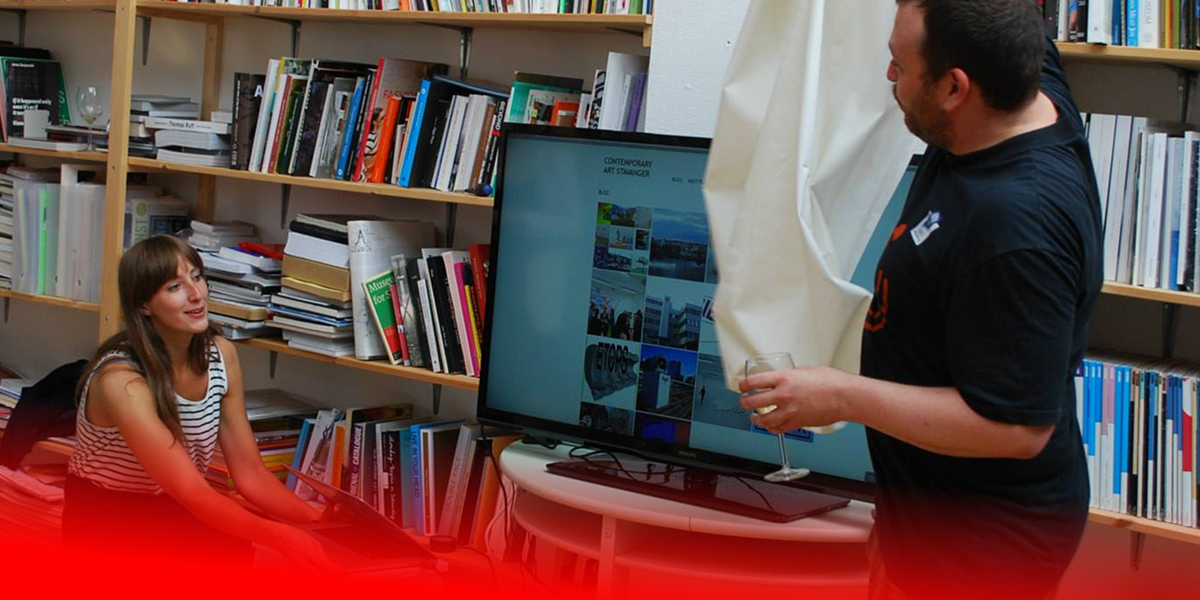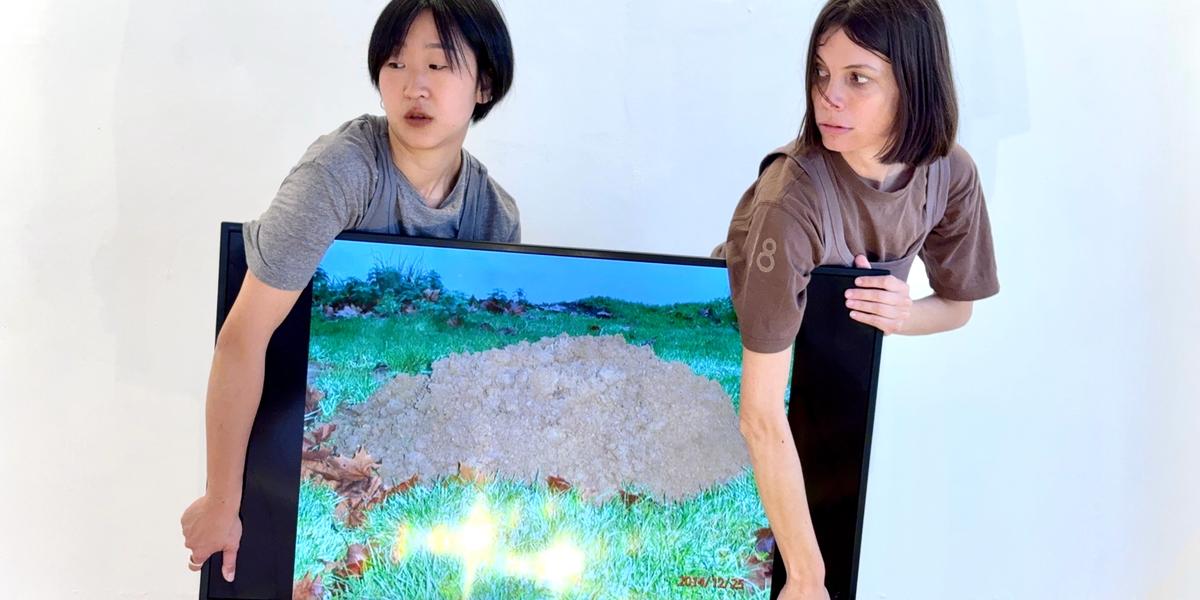
It was a very playful time! A conversation with the founders of CAS
July 14, 2025 officially marks the 10th anniversary of the establishment of Contemporary Art Stavanger as an independent organization and online magazine offering insights into the art scene in Stavanger and Rogaland. To mark the occasion, current Director Sofie B. Ringstad gathered the original founders of CAS to discuss for the first time the organization’s founding years, looking back with pride and laughter (and a little bit of embarrassment) at the organization’s history.
- EN
- 25 June 2025
- Interview
- Heather Jones













